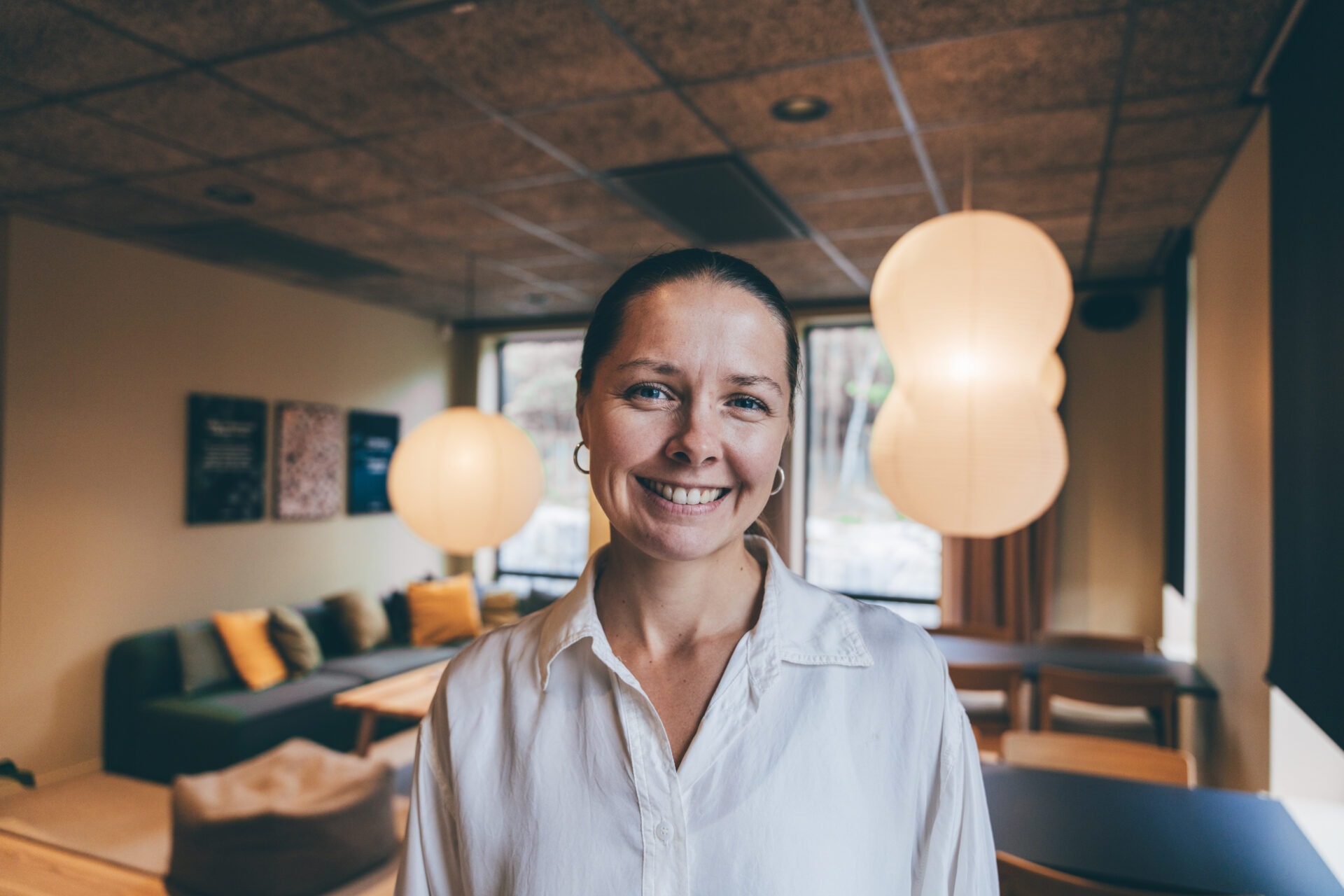
A global shift in the packaging industry
In the wake of plastic pollution, the era of paperization begins
A global shift is underway in the packaging industry. The harm caused by plastic waste—polluting oceans, contaminating nature, affecting wildlife, and even entering our bodies through microplastics—is widely recognized.
A global shift in the packaging industry
A global shift is underway in the packaging industry. The harm caused by plastic waste—polluting oceans, contaminating nature, affecting wildlife, and even entering our bodies through microplastics—is widely recognized. Plastic pollution is an urgent problem, and regulatory action is being taken worldwide. Laws aimed at reducing or eliminating single-use plastics are advancing in Europe and spreading to regions like China, India, the US, Canada, and the United Arab Emirates. For example, the European Union’s Single-Use Plastics Directive targets a 70% reduction of the ten most common single-use plastic items found on European beaches by 2025.

The competitive edge of going paper-based
Companies that embrace the paperization trend stand to gain a competitive advantage by meeting both regulatory requirements and consumer expectations for sustainable materials. Even before legislation, consumer demand was driving this shift; a 2023 survey by GlobalData found that 74% of consumers are willing to pay more for eco-friendly packaging. Major companies like Amazon and Marks & Spencer have responded, switching to fiber-based packaging for some products. Tech giant Google achieved its goal of eliminating plastic from its packaging in 2023, debuting the Pixel 8 smartphone in a 100% plastic-free, recyclable paper-based package.
Consumer and regulatory pressures drive change
This transition toward paper-based packaging is fueled by a blend of consumer demand, regulatory pressure, and environmental responsibility. Collaborating across industries, companies can develop innovative solutions that meet environmental goals without sacrificing performance or cost-effectiveness. PulPac’s Dry Molded Fiber technology is one such example, showing that it is possible to meet sustainability objectives while offering a viable, scalable alternative to single-use plastics.
A booming market for sustainable materials
The rising demand for paper-based packaging is expanding the market for biodegradable and compostable materials. A recent Smithers report predicts that the global market for these materials will grow at a compound annual rate of 8.8%, reaching 11.7 million tonnes by 2029—signifying substantial potential for investment and growth.
Balancing paperization with forest stewardship
Paperization is more than a trend; it’s poised to become the new standard in packaging. But with increased demand for fiber-based materials, we face challenges, especially concerning the sourcing of raw materials like wood. For PulPac, responsible sourcing is paramount. Using certified forest resources becomes even more critical as more industries compete for sustainable materials. Forest owners are under increasing pressure to adhere to sustainable practices, and established certifications and emerging regulations aim to prevent deforestation.
The need for a circular and regenerative economy
Despite these challenges, fiber remains a renewable resource with the potential to replace fossil-fuel-based materials. To fully realize this potential, both companies and governments must ensure that this renewable resource is managed sustainably. The forest industry needs new business models focused on a circular and regenerative economy, recognizing the forest’s role in regulating local micro-climates, supporting biodiversity, and acting as a carbon sink.
Author: Nathalie Bödtker-Lund — Head of Impact and Sustainability at PulPac

“As we enter the era of paperization, PulPac is ready to support this inevitable shift, offering technology to make paper-based packaging the best version of itself.”

